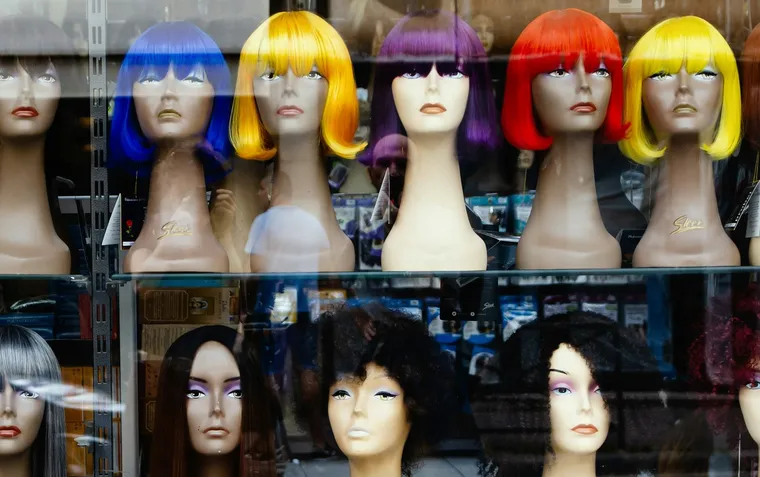When it comes to selecting wigs for older women, multiple factors should be considered. The choice of wig material is important; synthetic wigs are relatively affordable and easy to maintain, while human hair wigs can be styled more freely but often come at a higher price. Many older women prefer the ease of synthetic hair, as it requires less upkeep. However, this comes with the downside of limited styling options.
There are various styles of wigs available on the market. One common choice is the bob cut. Bobs can be flattering for many face shapes, but they may also require regular maintenance to keep them looking tidy. Additionally, long wigs offer a different aesthetic but can be cumbersome, particularly during warmer months. Choosing between these two styles is a critical step in the wig selection process.
Color is another significant factor to take into consideration. Older women often prefer shades that resemble their natural hair color. However, experimenting with various hues can be a fun way to revitalize one’s appearance. It’s important to note that some wigs come pre-styled in shades that may not have a close match to natural hair, which might lead to dissatisfaction.
In terms of affordability, there are brands that offer budget-friendly options. These are often found online or in specific discount wig shops. It’s wise to compare prices across different retailers before making a purchase to ensure that you are getting the best deal available. Some stores may offer promotions or discounts, so keeping an eye on deals is beneficial. However, this may require tedious hours of searching and comparing, which could be disheartening.
Another vital element is the cap construction of the wig. There are various types of caps such as lace front, monofilament, and basic caps. Lace front wigs are popular because they offer a more natural-looking hairline. Monofilament caps allow for multi-directional styling. While these caps may sound appealing, they can be more complicated to wear and maintain, leading many to stick with simpler options that may not provide the same level of comfort or appearance.
Many retailers have user reviews for their wigs, which can be helpful. However, reading through these reviews can be not only time-consuming but also tedious. Many reviews may be vague and unhelpful, presenting a challenge when trying to determine what might be the best option for your needs.
Lastly, it’s worthwhile to mention the importance of trying on wigs before making a purchase. Some local salons may have a selection of wigs available for fitting. However, this may not always be a convenient option for everyone. If trying on wigs is not feasible, selecting options with return policies could be necessary, although this process can be frustrating and involves the potential for returned items to arrive in less-than-pristine condition.
In conclusion, when choosing a wig, it’s essential to consider material, style, color, affordability, cap construction, and fitting. By thinking through these elements, the quest for the ideal wig can be somewhat manageable—albeit potentially overwhelming and divertingly tedious at times.

